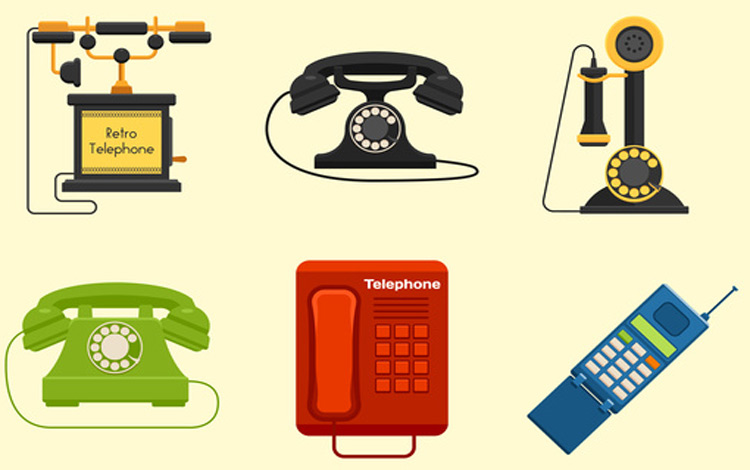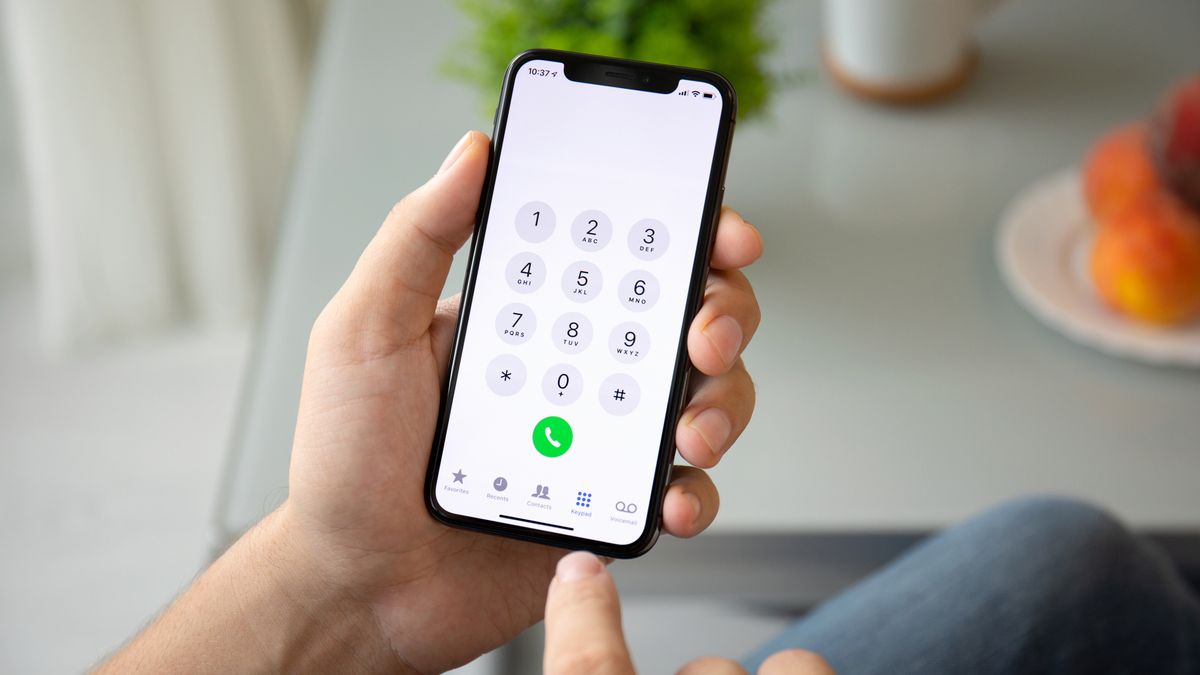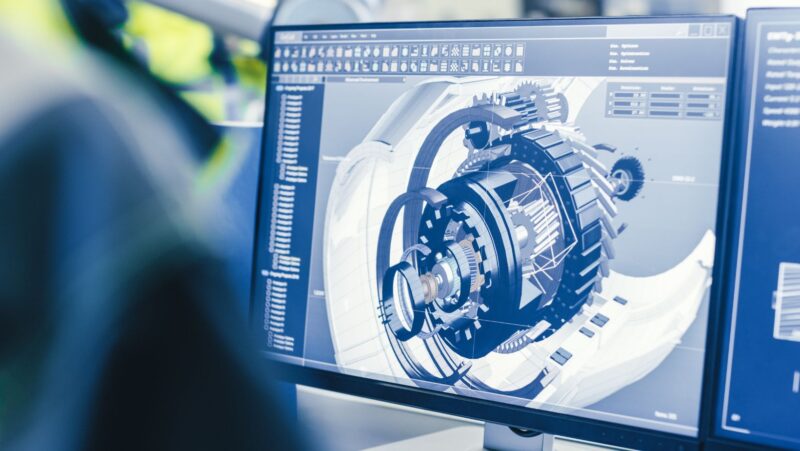
Call recording technology has come a long way since its inception. From the early days of bulky tape recorders to the sleek digital solutions we have today, the evolution of call recording technology has revolutionized the way we communicate and do business. As someone who has witnessed this transformation firsthand, I am excited to delve into the fascinating journey of how call recording has evolved over the years.
In the early days, call recording was a tedious and cumbersome process. It involved physically connecting a tape recorder to a phone line, making it impractical for widespread use. However, advancements in technology soon paved the way for digital call recording solutions. With the advent of computer-based systems, call recording became more accessible and efficient, enabling businesses to capture and store important conversations with ease.
Evolution of Call Recording Technology
Early Methods of Call Recording
In the early days of call recording technology, tape recorders were used to capture telephone conversations. However, these bulky devices were not practical for widespread use. They required physical tapes that needed to be changed regularly, making the process of recording and storing calls cumbersome.
Introduction of Magnetic Tape
The advent of magnetic tape revolutionized call recording. Magnetic tapes could be easily inserted into machines, allowing for more seamless recording and storage of telephone conversations. This advancement in technology made call recording more accessible and efficient, leading to its increased adoption in various industries.
Digital Call Recording
With further advancements, call recording technology transitioned into the realm of digital recording. Digital call recording solutions eliminated the need for physical tapes and introduced features like automated call logging and advanced search functionalities. This not only made call recording more convenient but also opened up new possibilities for businesses to leverage the recorded data, such as improving customer service and analyzing call trends.
VoIP Call Recording
The rise of Voice over Internet Protocol (VoIP) technology brought forth new opportunities in call recording. VoIP Call Recording solutions enabled businesses to capture and store calls made over internet-connected systems. This technology seamlessly integrated with IP-based telephony systems, allowing for easy retrieval and analysis of call recordings. Businesses could now record not only traditional phone calls but also calls made through various communication platforms, such as softphones and video conferencing tools.
Cloud-based Call Recording
The latest development in call recording technology is Cloud-based Call Recording. This advancement has transformed the way businesses record and store calls. With cloud-based solutions, calls are securely captured, encrypted, and stored in the cloud, eliminating the need for on-premises hardware. This not only saves businesses from investing in costly infrastructure but also offers scalability, flexibility, and reliability in call recording.
Cloud-based call recording also facilitates compliance with regulatory requirements. Businesses operating in industries like finance, where regulations such as the Markets in Financial Instruments Directive (MiFID II) demand call recording, can benefit greatly from this technology.
In addition, the cloud-based approach allows for real-time monitoring, transcription, and integration with analytics tools. This enables businesses to extract valuable insights from their call recordings, helping them improve customer service, train employees, and enhance overall performance.
Challenges and Limitations of Call Recording Technology
Privacy and Security Concerns
When it comes to call recording technology, one of the key challenges businesses face is ensuring privacy and security. With the increasing number of data breaches and privacy concerns, organizations need to be extremely careful about handling sensitive customer information.
To address these concerns, call recording systems must comply with stringent privacy regulations such as the General Data Protection Regulation (GDPR) and the Markets in Financial Instruments Directive (MiFID). These regulations dictate how customer data should be collected, stored, and secured.
To mitigate privacy and security risks, businesses can invest in secure call recording solutions that offer encryption and secure storage options. By adopting these measures, companies can protect both their customers’ privacy and their own reputation.
Regulatory Compliance
Regulatory compliance is another challenge that arises with call recording technology. Different industries have specific compliance requirements to follow, such as the Payment Card Industry Data Security Standard (PCI DSS) for the payment industry or the Health Insurance Portability and Accountability Act (HIPAA) for the healthcare sector.
Ensuring compliance with these regulations is crucial for businesses to avoid legal consequences and maintain customer trust. Call recording technology should provide features that support regulatory requirements, such as automatic pause and resume during sensitive conversations or the ability to mask sensitive customer data during the playback.
To stay on top of regulatory changes, organizations must have a solid understanding of the regulations applicable to their industry and regularly review and update their call recording policies accordingly.
Storage and Retrieval
As call recordings accumulate over time, one of the challenges businesses face is efficient storage and retrieval. Storing a large volume of call recordings requires significant storage capacity and a well-organized system to manage and retrieve specific recordings when needed.
The best phone recording app for iPhone or any call recording system should provide options for easy categorization, tagging, and indexing of recordings based on criteria such as date, agent, or customer information. This facilitates quick and efficient retrieval and ensures that organizations can easily locate specific recordings for quality assurance, dispute resolution, or compliance purposes.
Additionally, businesses must consider the duration for which call recordings need to be stored to meet regulatory requirements. Implementing automated retention policies and setting up archival systems can help organizations strike a balance between compliance and storage efficiency.









